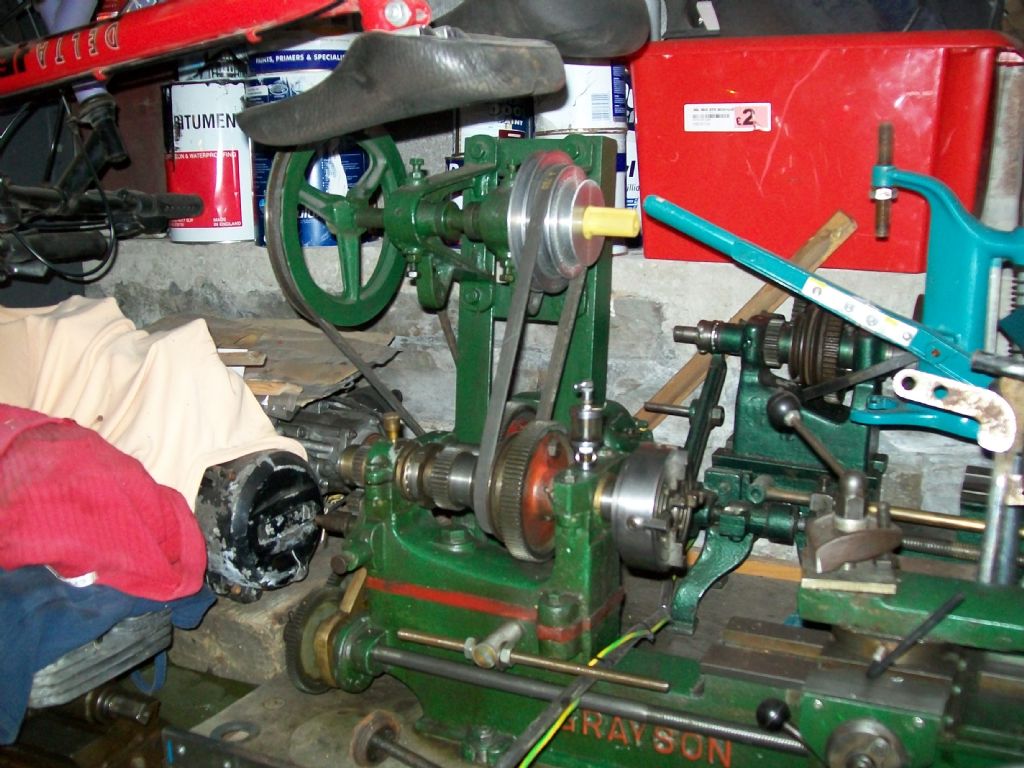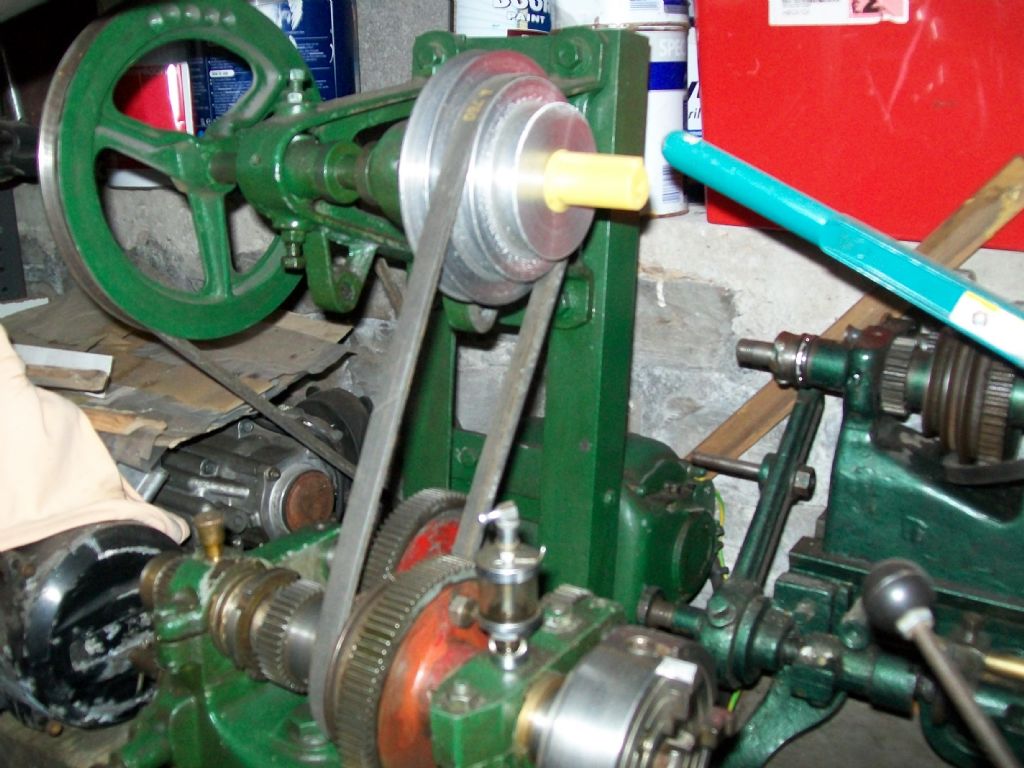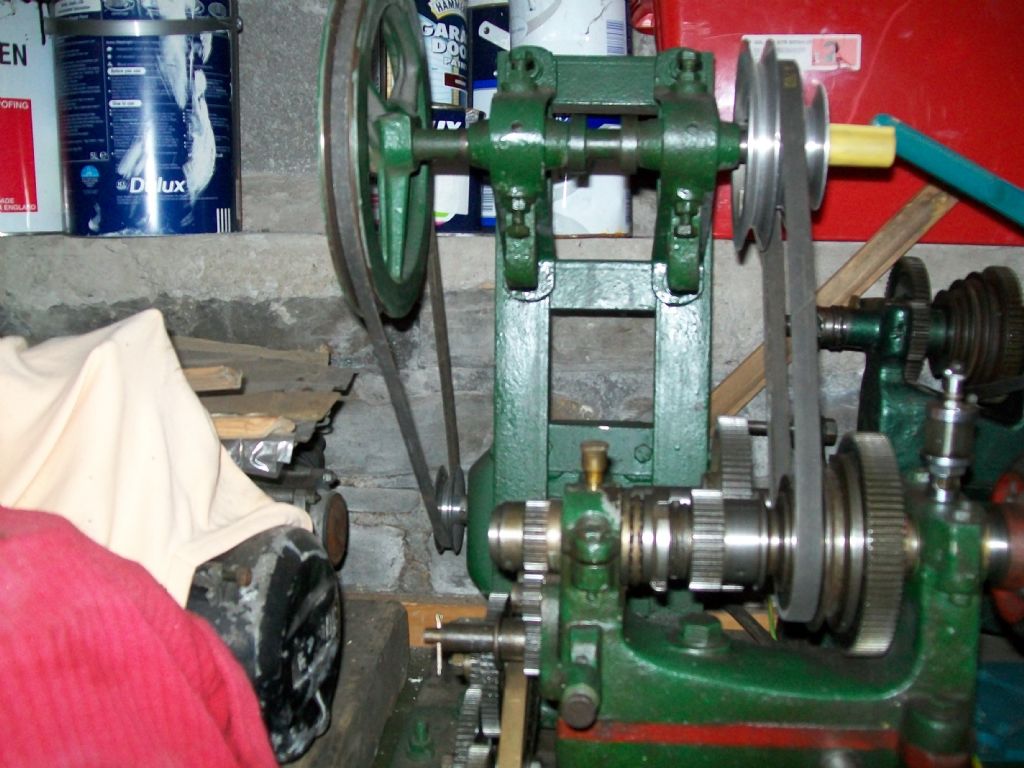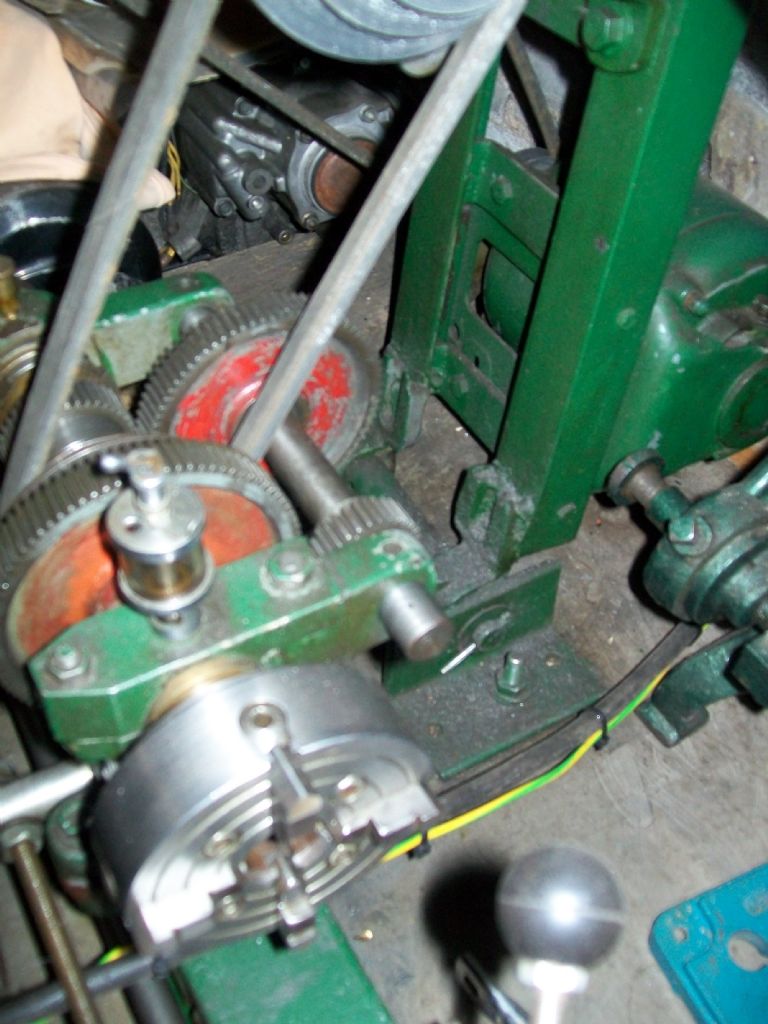Grayson Lathe
Grayson Lathe
- This topic has 17 replies, 11 voices, and was last updated 17 January 2012 at 21:26 by
Sub Mandrel.
Viewing 18 posts - 1 through 18 (of 18 total)
Viewing 18 posts - 1 through 18 (of 18 total)
- Please log in to reply to this topic. Registering is free and easy using the links on the menu at the top of this page.
Latest Replies
Viewing 25 topics - 1 through 25 (of 25 total)
-
- Topic
- Voices
- Last Post
Viewing 25 topics - 1 through 25 (of 25 total)
Latest Issue
Newsletter Sign-up
Latest Replies
- Motorcycle starter motors – any general workshop uses?
- How do they do that
- Anybody with a Meddings Driltru bench drill or similar?
- A new benchmark for cheap tat ?
- VERY SAD NEWS
- Rotary table question.
- First cuts with the lathe
- 2″ DNY Compensating Gears
- Sieg C1 lathe autofeed and screw cutting
- Number series drills – history and origins














